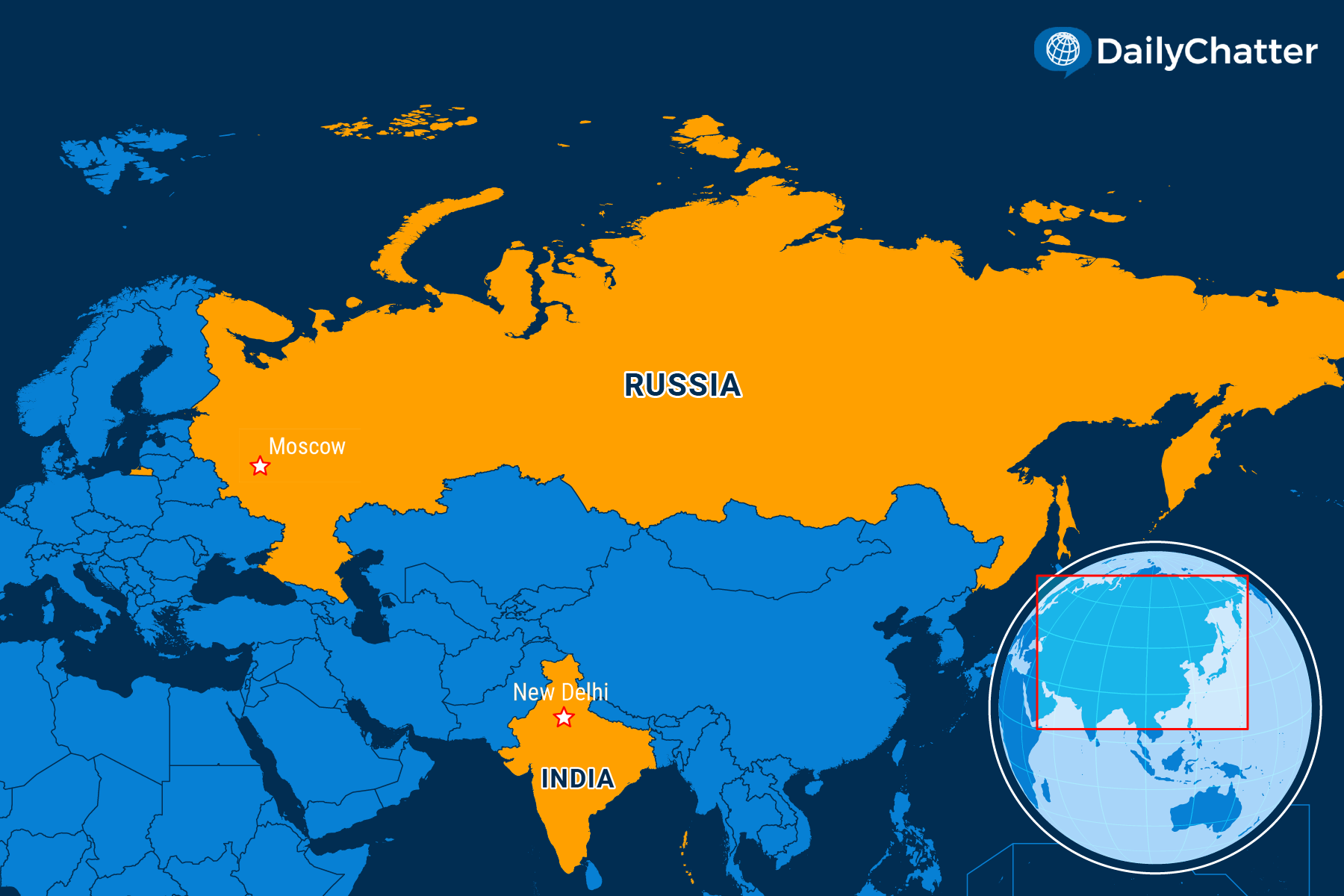Need to Know
March 16, 2022A Wobbly Fence
IndiaRussia

|
Listen to Today's Edition
|
Most United Nations members rallied to condemn the Russian invasion of Ukraine last month. India, the world’s largest democracy, however, chose to sit on the fence, abstaining from the two votes. The reason was longstanding ties with Russia that some believe are now becoming strangling in the aftermath of Russia’s invasion of Ukraine.
“It behooves India to stop investing in a relationship that has largely outlived its utility,” Indiana University Professor Sumit Ganguly wrote in Foreign Policy.
In other words, India is now caught in the middle.
The key to this equation is China. Over the past few years, the two countries have come to blows over China’s incursions into what India considers its territory on their disputed northern border, the BBC explained. Now, because of Russia’s increasing isolation – and the increasing dependence on China that goes with it – Russia might not be the ally India needs anymore in this dispute.
Still, if India chooses to break with Russia, it will have to tread carefully, analysts say. That’s because its long diplomatic and military alliance with Russia means it still depends on Moscow for at least half of its tanks, fighter jets and even a nuclear submarine – all while Russia helps India to build its own, noted Al Jazeera. “India’s military is still dominated by Russian equipment, though in recent years, India has sought to diversify,” Akhil Bery, the director of South Asia Initiatives at the Asia Society Policy Institute, told NBC News.
And despite a tighter-than-ever relationship with the United States that has seen India’s US weapons purchases soar from zero to around $20 billion in a little more than a decade, according to CNN, the list of items supplied by Russia runs the gamut from basic armaments to cutting-edge hardware that Washington might be reluctant to share.
Meanwhile, regional rivalries and history add to India’s dilemma.
During the Cold War, India remained “non-aligned” with either the US or the erstwhile Soviet Union. However, it was Moscow that supported India against America-backed Pakistan, going so far as to deploy its navy to the Indian Ocean after then-US President Richard Nixon sent a warship to intimidate India during its 1971 war with Pakistan, Time magazine noted.
New Delhi also believes Russia has more “diplomatic heft” with China than the US, a former commander of India’s northern army told Al-Jazeera. Case in point: The first talks to resolve tensions after a June 2020 border skirmish between Indian and Chinese soldiers were held in Moscow – despite Washington’s restyling of the “Asia-Pacific” region as the “Indo-Pacific” and New Delhi’s move to join the US-led Quadrilateral Security Dialogue (Quad), as a hedge against Beijing’s growing power.
The longer victory eludes Russia in Ukraine, however, and the deeper US sanctions bite, the less heft Moscow may have with China. Locked out of the world’s financial system, facing a US oil and gas embargo and the looming threat of similar moves from Europe, Russia could become too dependent on China for Moscow to push back much against Beijing – and it might even flip-flop.
“India must walk a dangerous diplomatic tightrope in managing its close partnership with Russia with its growing relations with the US and the West,” Michael Kugelman, deputy director of the Asia Program at the Washington DC-based think-tank, the Wilson Center, told CBS News.
He noted how India insists on sitting on the fence. But he added, that fence could collapse.
Not already a subscriber?
If you would like to receive DailyChatter directly to your inbox each morning, subscribe below with a free two-week trial.
Support journalism that’s independent, non-partisan, and fair.
If you are a student or faculty with a valid school email, you can sign up for a FREE student subscription or faculty subscription.
Questions? Write to us at hello@dailychatter.com.

